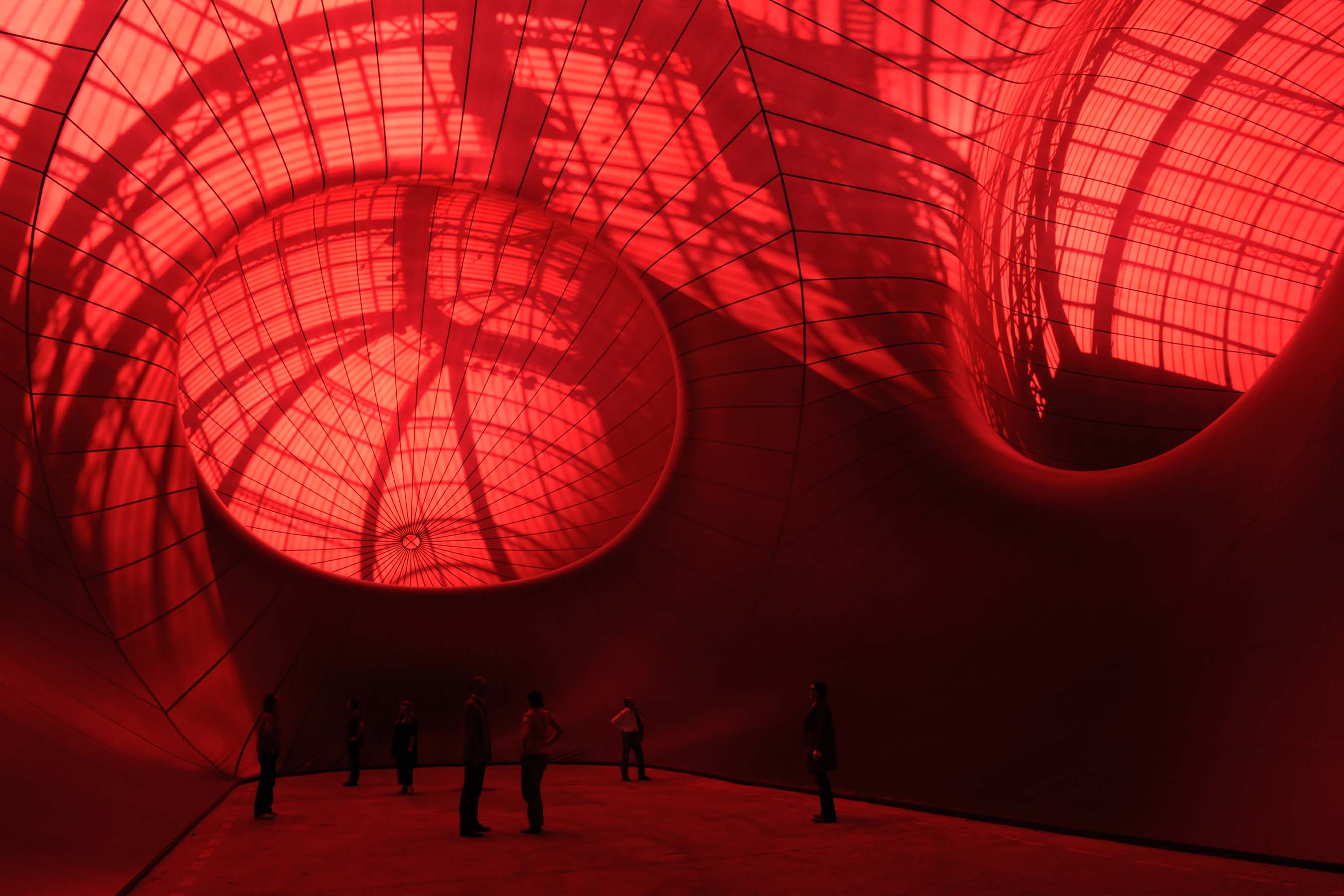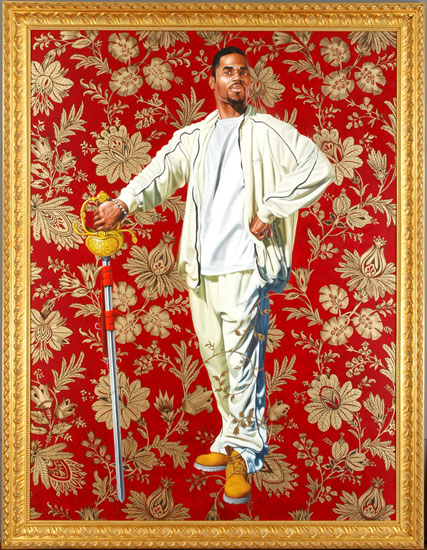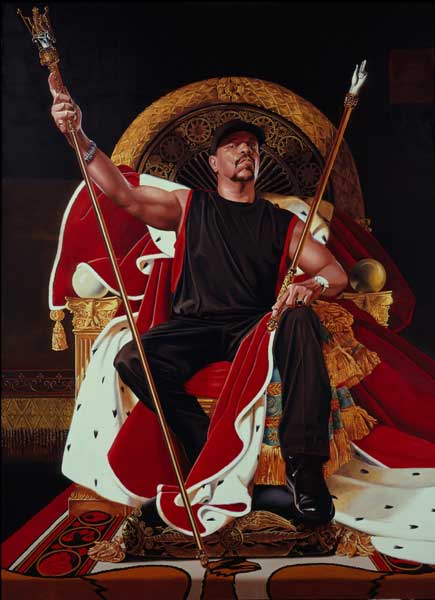Celebrated for his gigantic, stainless steel Cloud Gate
sculpture in Chicago’s Millennium Park, Anish Kapoor is changing the cultural
environment with his public works.
1.Research Kapoor's work in order to discuss whether it is
conceptual art or not. Explain your answer, using a definition of conceptual
art
Firstly conceptual
art is art in which the idea presented
by the artist is considered more important than the finished work. Kapoor’s
works are conceptual because there are specific personal meanings to each work.
2. Research 3 quite different works by Kapoor from countries
outside New Zealand to discuss the ideas behind the work. Include images of
each work on your blog.

The C-Curve(2007) is a sculpture by Kapoor. It has highly
polished curves that distort and reflect it’s surroundings. It sits on a
specially constructed concrete pilth on top of south downs chalk
hills,Southhampton” Kapoor has said of C-Curve that he wants to encourage the
viewer to reassess their relationship with the space around them.” http://www.telegraph.co.uk/culture/culturepicturegalleries/8029665/Anish-Kapoor-in-Kensington-Gardens-in-pictures.html?image=4


“leviathan is 35 metres high and comprised of
tautly-stretched PVC over a giant metal frame”
The sculpture Leviathan was placed in Grand Palais des Champs-Elysees
Kapoor said: 'My ambition is to create a space within a
space, responding to the great height and light of the nave of the Grand
Palais.
'People will be invited to enter the artwork to immerse
themselves in its colour and it will be I hope a contemplative, poetic
experience.'

Dirty corner: This sculpture was specifically created for fabbrica del
Vapor in Millan.once you enter it, you loose perception of space because the
further you go in the darker it becomes.th interior and exterior surface is
circular. http://www.designboom.com/weblog/cat/10/view/14982/anish-kapoor-dirty-corner.html
3.Discuss the large scale 'site specific' work that has been
installed on a private site in New Zealand.
4. Where is the Kapoor's work in New Zealand? What are its form and materials? What are the ideas behind the work?
The sculpture “The farm”was placed in Kaipara Bay , north Auckland.
The sculpture is covered in red PVC coated polyester fabric supported by two
matching red steel ellipses. The ideas behind this work are : according to the
artist “sculpture that manipulates the
viewer into a specific relationship with both space and time”, - Anish Kapoor,
Tate Magazine (2007).
5. Comment on which work by Kapoor is your favourite, and
explain why. Are you personally attracted more by the ideas or the aesthetics
of the work?
My favourite would have to be the c-curve. I like the idea
of reassessing the environment around you I’ts quite interesting. I also think
it is beautiful to look at.
Youtube has some excellent footage on Kapoor-take a look at
Anish Kapoor at the Royal Academy














